In the world of fragrances, the allure of exotic scents combined with a narrative of cultural heritage and natural purity can be particularly compelling. Sri Lanka, with its rich history and biodiversity, offers a palette of scents that are both unique and evocative. Recently, there has been a noticeable trend towards incorporating traditional Sri Lankan scents into modern perfumery, a movement that not only celebrates the island’s aromatic heritage but also supports sustainable and ethical practices in the fragrance industry.
Historical Context and Cultural Significance
The history of using scents in Sri Lanka dates back over a thousand years with close ties to Ayurvedic medicine and local rituals. Fragrances derived from native spices, flowers, and woods were traditionally used not just for their pleasant aromas but also for their therapeutic properties. Ingredients like cinnamon, sandalwood, vetiver, jasmine, and plumeria are not only aromatic staples but are also embedded in the cultural fabric of the country.
In ancient times, these scents were used in temples, during festivals, and in the royal courts, signifying their importance in both daily life and spiritual practices. The traditional knowledge of extracting and blending these scents has been passed down through generations, although much of this expertise was sidelined during periods of colonial rule and the subsequent rise of synthetic fragrance production.
Revival in the Modern Era
The modern revival of traditional Sri Lankan scents is driven by a combination of factors including global trends towards natural and organic products, a renewed interest in artisanal and craft-focused goods, and a growing awareness of the importance of sustainability. Perfumers in Sri Lanka and around the world are turning to these traditional ingredients, drawn by their unique profiles and the stories they tell.
One of the most iconic scents is Ceylon cinnamon, known for its sweet and warm fragrance with a spicy edge, distinct from the more common cassia cinnamon. Sandalwood, another prized scent, offers a creamy, soft, and rich woody aroma that serves as an excellent base note in many perfumes. Vetiver, with its complex earthy, woody, and smoky characteristics, is highly valued for its fixative properties, which help stabilize other volatile scents in a perfume blend.
Sustainable Practices and Ethical Sourcing
The revival of these traditional scents also aligns with the ethical sourcing and sustainability practices that are increasingly demanded by consumers. Many modern Sri Lankan companies are involved in the entire supply chain, from growing and harvesting to distillation and sales, ensuring that they maintain ethical practices at every step. This not only helps preserve the environment but also supports local communities by providing fair wages and supporting local economies.
For instance, the harvesting of sandalwood must be done sustainably due to its status as a vulnerable species. Perfumers and companies are investing in replanting projects and using parts of the tree that are less harmful to harvest, such as fallen branches and roots, which still retain the aromatic oils.
Artisanal Techniques and Modern Adaptations
The method of extracting scents from raw materials has also seen a blend of traditional techniques and modern innovations. Steam distillation, which has been used for centuries, remains popular. However, it is now often combined with more modern extraction methods like CO2 extraction, which can capture aromatic compounds without using heat, thus preserving the delicate nuances of the scents.
Moreover, contemporary Sri Lankan perfumers are experimenting with these traditional scents to create modern fragrances that appeal to international markets. They are crafting perfumes that not only highlight a single scent but also blend multiple local scents to create complex, multilayered fragrances. These perfumes are designed to evoke the lush landscapes and

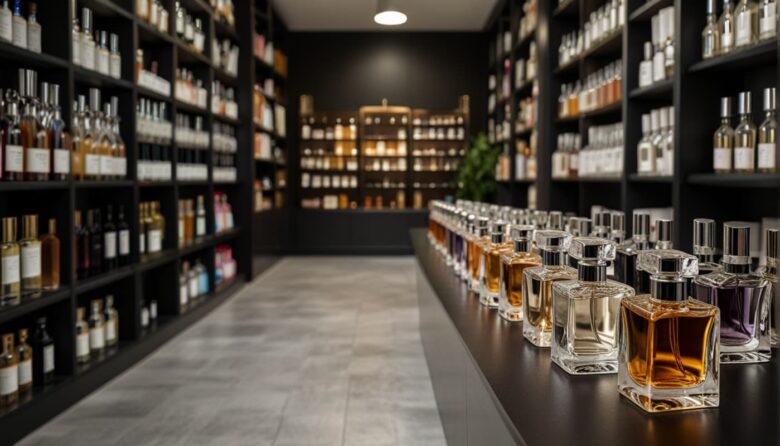

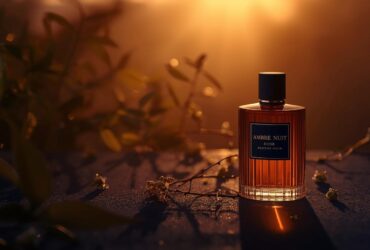
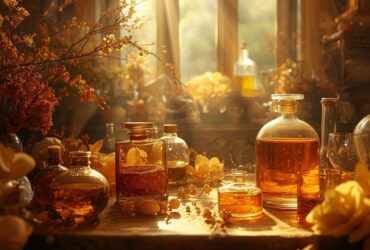

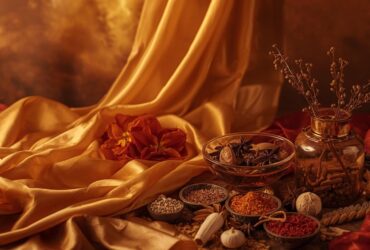
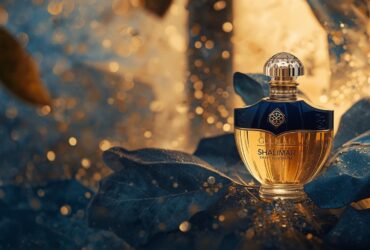

Leave a Reply